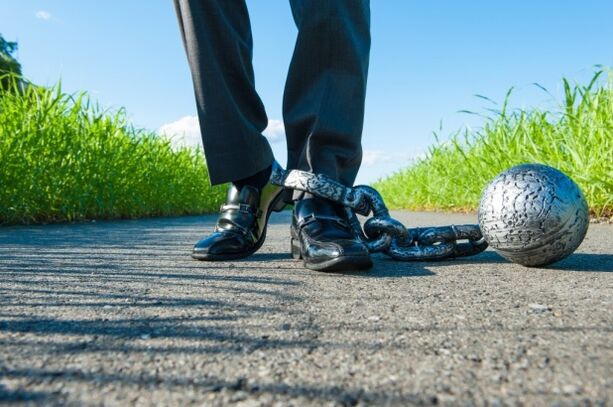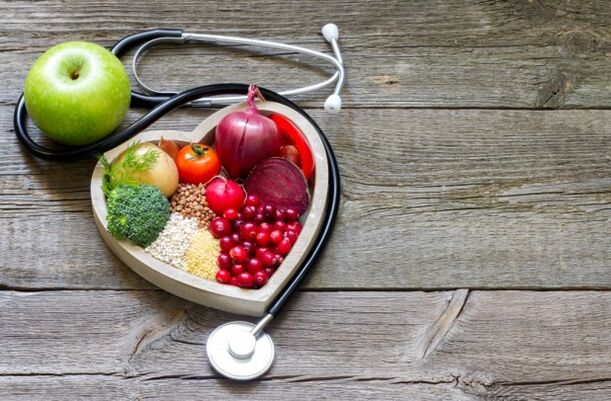Physical pain is an uncomfortable and complex feeling. The presence of a pain factor signals that there is a problem in the body. By locating and describing the type of pain that the patient is feeling, the specialist can identify its cause and cause. If the presence of varicose veins is suspected, general clinical studies (blood, urine) and probably instrumental examinations are required to accurately differentiate the problem.

But in order to independently determine the presence of a problem and bring it to a specialist, it is important to highlight it against the background of the usual fatigue or malaise. What pain does a person with varicose veins experience? What is their specialty? And what treatment is possible in this case? You can find answers to these and other questions in our article.
Leg pain with varicose veins: symptoms and causes
Pain with varicose veins is not the only manifestation of this disease, but it causes serious discomfort. How severe is leg pain with varicose veins? Of course, there are differences in individual thresholds of sensitivity, but the intensity of most pain syndromes is due to the specifics of the actual pathological process.
Expert opinion
Leg pain with varicose veins includes a variety of uncomfortable feelings: pain, cramps, cramps, burning, bloating, and pressure along the venous bed. They are sudden, aching, and throbbing in character.
As a rule, the pain syndrome can be felt less or more strongly, depending on the position in which the body is, whether it is currently under any stress or not. Pain also has such a quality as time dependence. This means that the pain syndrome begins to intensify with the arrival of a certain time of day. From the second half of the day, severe pain with varicose veins occurs. Varicose veins of the uterus and varicose veins of the pelvis, which often cause severe pain in the lower abdomen, also have a similar time dependency.
An insidious disease like varicose veins covers the entire limb and can cause pain in the joints of the lower leg, calf muscles, and the hollow of the knee. The person experiences the most acute unpleasant sensations in the area of the neurovascular formations. In the area where the vascular bundle is more superficial, edema of the legs can also occur. This is another sign that varicose veins are progressing and that the lymphatic drainage is already injured. Does swelling make your leg pain worse? Yes of course. Swellings caused by disorders of the venous system of the lower extremities are characterized by compression over the affected vessel and even a local increase in temperature. The combination of signs such as pain in the vein and its deformation, persistent, persistent edema, and trophic changes indicate stage II varicose veins. This stage is considered to be an advanced form of the disease. To prevent this from happening, it is important to know the causative factors of this vascular disease and their exact symptoms.

The presence of any of the following symptoms should alert you and call for medical advice:
- a feeling of heaviness in the legs and a feeling of weak muscles;
- Tingling and burning along the veins;
- Feeling of internal pressure or "bloating";
- the appearance of telangiectasia and an increase in the pattern of veins;
- Bulge of deformed veins;
- trophic skin changes;
- long non-healing wounds on the legs;
- edematous phenomena;
- Numbness of the lower extremities;
- Muscle cramps in the legs;
- Pain syndrome.
No disease occurs by itself. There are definitely factors that can be described as provocative. Varicose veins are no exception, so their appearance can be caused by:
- hereditary predisposition;
- congenital weakness of connective tissue and vascular walls;
- inactive lifestyle and static sports;
- excessive physical activity;
- forced prolonged standing or sitting (for example, at work);
- inadequate diet and obesity;
- the presence of bad habits;
- Pregnancy and childbirth;
- hormonal imbalance;
- Soft tissue injuries;
- surgical intervention;
- Liver disease.
Due to the presence of these factors in a person, he is included in the risk group for the development of vascular pathology. How do you minimize the risk of contracting the disease? What can you do if you have leg pain? How and how can you relieve or reduce pain in the leg with varicose veins? How you can help yourself relieve the symptoms of varicose veins and treat blood vessels can be found in our article.
Leg pain with varicose veins: prevention and treatment

Before starting the prevention and treatment of vascular diseases, it is worth understanding a little about why there is pain in the legs with varicose veins. Pain in the legs with varicose veins occurs because an irreversible pathological process occurs in the veins, under the influence of which they stretch and deform, blood circulation is disturbed, and venous congestion occurs. Therefore, preventive measures and treatments are aimed at strengthening the vein walls, and not exclusively eliminating pain. With varicose veins, the legs require special care and attention. What to do when the first signs of the development of pathology appear?
If something hurts, the very first thing to do is see a doctor.
If, after a series of manipulations, a specialist determines that pain is caused by varicose veins, then the appropriate treatment is selected. It will help get rid of the manifestations of varicose veins and improve the quality of life, because varicose veins are not a sentence.
When treating absolutely any disease, the first priority is to recommend a lifestyle change. It is simply impossible to be a healthy person with a passive lifestyle, bad habits, an imbalance in the daily routine and an improper diet. Therefore, the first step in helping to get rid of pain in the legs with varicose veins is a qualitative change and the formation of a healthy lifestyle. It is necessary to reconcile the way you work and rest. The work should not involve excessive physical and mental stress. Rest should include a full, sound sleep. Free time should be spent actively - staying in the fresh air and doing sports. The latter include swimming, running, and aerobics. Any non-hitting and not overloaded with powerful classes of movement.
Expert opinion
In order for the vein walls to be strong and elastic, it is important to eat right. Depending on the stage and dynamics of the disease, a specialist can offer a therapeutic diet. The main principle on which it is built is balance. The diet should include foods fortified with vitamins, fiber, plant fiber, flavonoids, etc. It is useful to eat lean chicken or beef, as well as lean white fish, berries and fruits with vitamin C, dried fruits (raisins, dates). , almost all vegetables, nuts and legumes, cereals and natural non-carbonated beverages. It is necessary to exclude fried, salty, smoked and spicy.
If, for some reason, there is a need for an additional source of nutrients, then a specialist will prescribe it - a complex of venotonic vitamins and plant extracts, which, due to the content of active natural components in its composition, acts in several directions at the same time. Using this remedy, you can strengthen and cleanse the walls of the venous vessels, improve blood circulation, reduce capillary permeability and fragility.
Depending on which specialist determines the stage of the disease, it also depends on how the disease is treated - conservatively or radical.
Conservative treatments include:
- Taking medication;
- the use of external products;
- Physical therapy;
- Wearing medical compression stockings.

The use of drugs stops the damage to the venous bed, controls blood viscosity and the formation of blood clots, and also has antispasmodic and anti-inflammatory effects. Taking medication in combination with the use of local remedies increases the beneficial effect on the veins. You can use an ointment or cream for pain with varicose veins not only for treatment, but also for prevention. The effect depends on the composition of the product. The components it contains can be both synthetic and natural. Products with a synthetic composition are used not only to get rid of swelling, fatigue and pain, but also to help recover from vein surgery. Varicose veins in the early stages, during pregnancy or at risk can be avoided with products with a natural composition. Their effectiveness is directly related to the natural active ingredients contained in the composition. Foot cream with extracts of chestnuts, green tea and ginkgo biloba has a venotonic effect that helps relieve pain in the legs with varicose veins. Thanks to the use of this cream, you can reduce inflammation and pain, as well as improve the complexion.
Medical gymnastics will make an important contribution to improving the venous system.
Daily exercise, no more difficult than morning exercise, will help get rid of the uncomfortable feeling of numbness in the limbs, cramps and heaviness. The exercise set is selected individually, taking into account the possibilities and the situation. At home, the most popular are "bicycle", "scissors" and a stand on the shoulder blades. In an office setting, sitting at a desk, you can also straighten your legs simply by twisting your feet, flexing your toes, and loosening them.
In order to improve blood circulation and relieve uncomfortable symptoms such as swelling and pain, it is recommended to wear compression stockings every day. The type of product and the degree of its compression are selected taking into account the dynamics of the disease.
Radical therapy includes invasive and minimally invasive methods. Specialists resort to them last when conservative treatment does not help or the situation is judged to be difficult.
Watch your health!




































